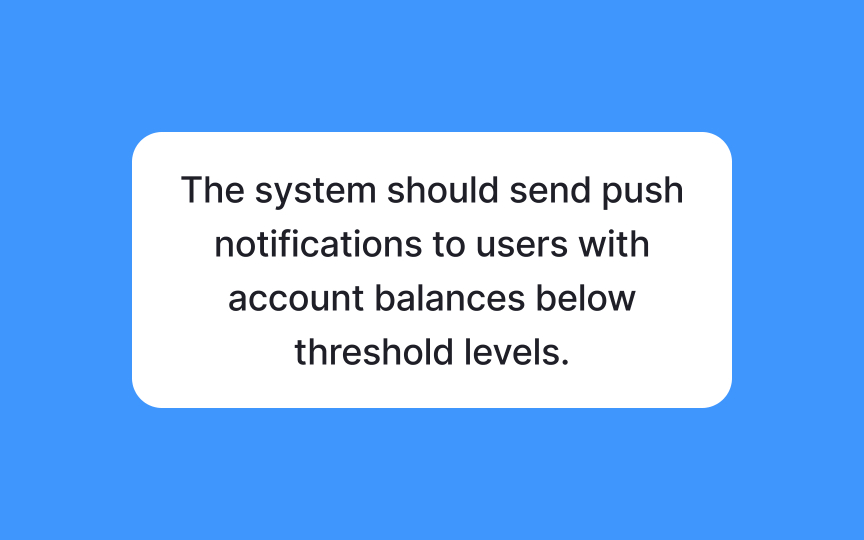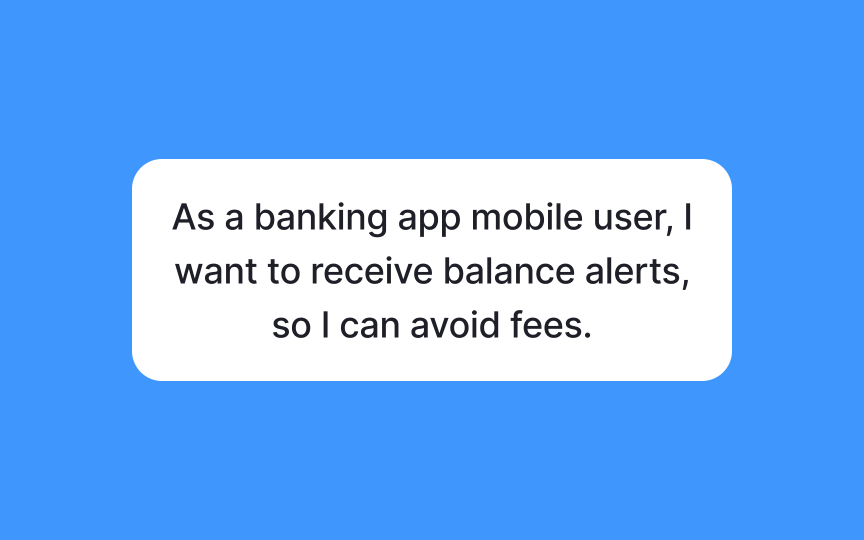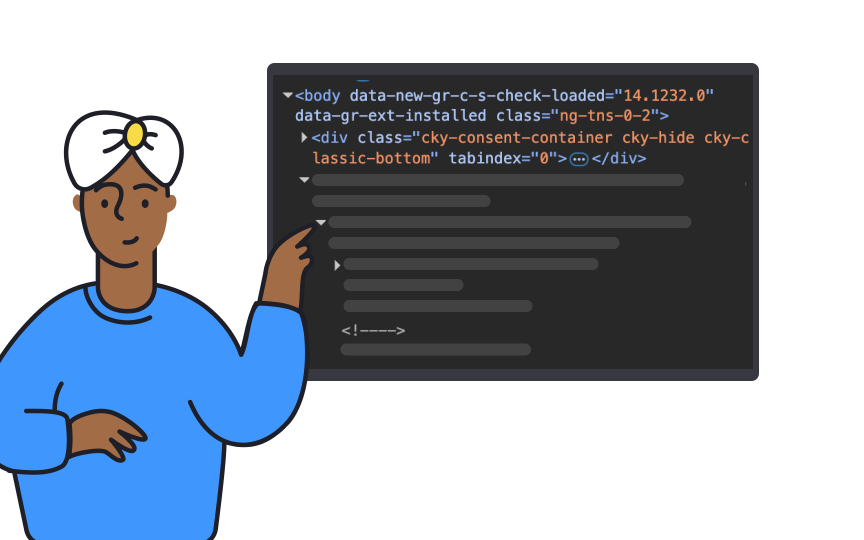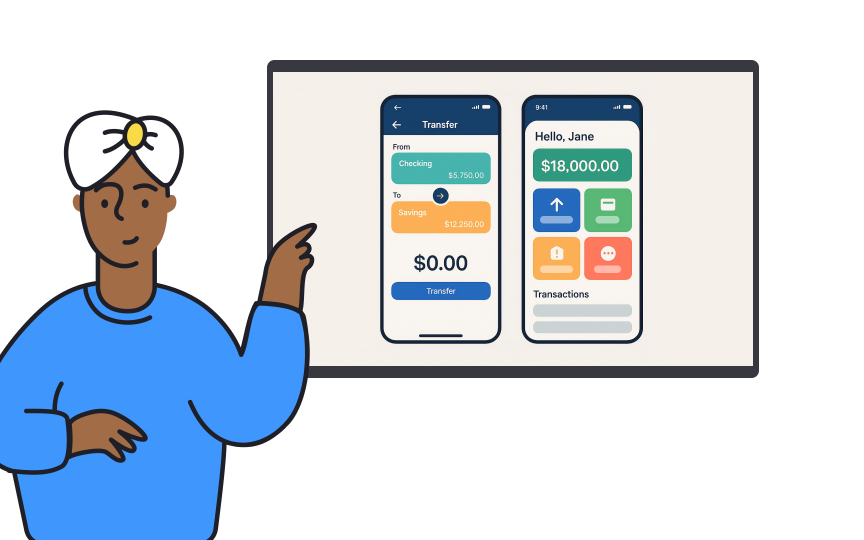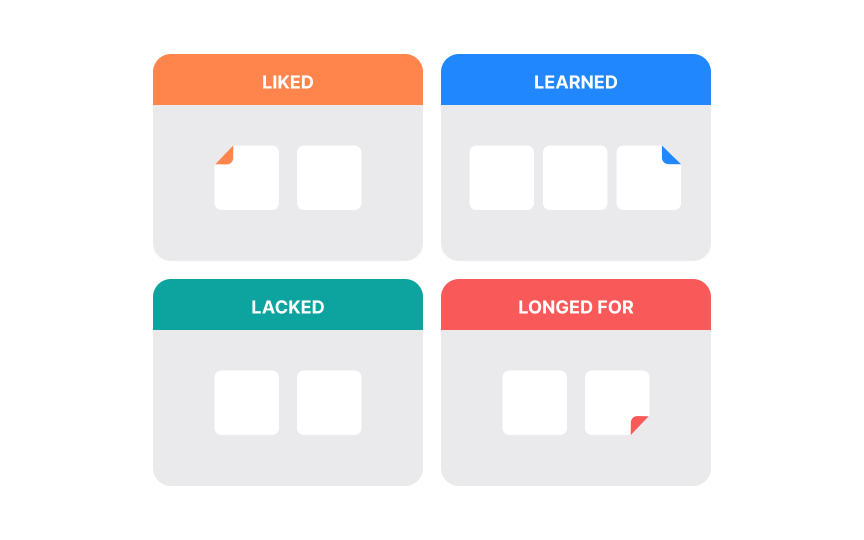Agile Ceremonies
Master essential agile ceremonies to create rhythm, collaboration, and continuous improvement in your team.
Agile ceremonies form the backbone of iterative development, creating a predictable rhythm that supports team collaboration and continuous improvement. These structured meetings, like sprint planning, daily standups, sprint reviews, and retrospectives, each serve a distinct purpose in maintaining transparency and alignment. Sprint planning establishes clear goals and commitments, while daily standups synchronize team activities and identify obstacles.
Sprint reviews showcase completed work and gather vital feedback, and retrospectives transform experiences into actionable improvements. By understanding the purpose and best practices of each ceremony, product managers and designers can actively contribute to their team's agile journey, building trust and creating space for innovation.
Agile ceremonies create a structured rhythm that helps teams collaborate effectively while staying focused on delivering value. These ceremonies are not just meetings. They are purposeful interactions designed to address specific problems in the software development process. Each ceremony serves a specific need: planning sets direction, standups coordinate daily work, reviews gather feedback, and retrospectives drive improvement. Together, they create feedback loops that help teams examine and adjust their work, processes, and relationships. Ceremonies build trust through transparency. When teams meet regularly to discuss goals, progress, and challenges, they develop shared understanding and accountability.
For product managers and designers, these ceremonies provide regular opportunities to align with development teams, keeping user needs as a priority. The connection between ceremonies is important. Each one feeds information to the next. Planning creates commitments that standups track daily. Reviews validate those commitments and provide insights for retrospectives, which influence future planning. This cycle creates a
Pro Tip: Think of ceremonies as a connected system that creates team rhythm and makes space for both doing work and reflecting on it.
Sprint planning creates both direction and boundaries for the upcoming work cycle. The main goal is to define a clear sprint goal, a short statement of value the team plans to deliver, and a realistic set of commitments to achieve that goal. When planning works well, you'll see a dynamic exchange between the product owner and development team. The product owner brings the highest-priority items to the table, explaining why they matter to users and the business. Developers listen, ask questions, and then begin mapping out how they'll tackle these challenges within the sprint timeframe. This back-and-forth creates a shared understanding that's crucial for success. Rather than estimating in hours, many teams use story points to measure work complexity.
This approach acknowledges that software development involves discovery and problem-solving, not just typing code. Teams look at their past performance, account for team members' availability, and consider potential roadblocks before making commitments for the sprint. When planning goes wrong, you might notice people staying silent, teams committing to unrealistic workloads, or product owners prescribing solutions instead of explaining the problems that need solving.
Pro Tip: Focus planning discussions on the sprint goal first, then backlog items. A clear goal helps the team decide what to include and how to approach the work.
Backlog refinement, sometimes called grooming, ensures the team always has properly sized, clearly understood work items ready for upcoming sprints. Regular refinement sessions prevent planning bottlenecks and reduce confusion during the sprint. Effective user stories follow the INVEST principles: Independent, Negotiable, Valuable, Estimable, Small, and Testable.
They typically use the format "As a [role], I want [capability], so that [benefit]" to keep the focus on users. For example, "As a mobile banking user, I want to receive notifications when my account balance falls below $100, so that I can avoid overdraft fees." This story clearly identifies who benefits, what they need, and why it matters. Each story should include clear acceptance criteria that define when the work is complete. Prioritization requires balancing business value, technical risk, dependencies, and learning opportunities.
Methods like MoSCoW (Must have, Should have, Could have, Won't have), weighted shortest job first, or cost of delay can provide structured approaches to these decisions. Product managers and designers can make refinement more effective by doing preliminary research, creating simple mockups, and identifying potential technical challenges beforehand. This preparation allows the team to focus on clarification and estimation rather than initial discovery.
The daily standup (or daily scrum) provides a quick synchronization point for the team. In its classic format, each team member answers three questions: what they completed yesterday, what they plan to do today, and what obstacles are in their way. Effective standups stay focused and timeboxed, typically 15 minutes or less, creating urgency that keeps discussions relevant. The meeting works best when held at the same time and place each day, creating a predictable rhythm that starts everyone's workday.
Common problems include status reports directed at the manager rather than the team, detailed technical discussions that exclude others, or letting the meeting become a passive update rather than an active coordination opportunity. When these patterns appear, the scrum master or team lead should redirect toward the intended purpose. The real value of standups comes from the team's self-organization. Members identify ways to help each other, redistribute work when needed, and solve problems together. For product and design professionals, standups offer visibility into development progress and chances to clarify requirements or provide timely input.
Pro Tip: Keep the standup focused on coordination, not reporting. If someone is blocked, quickly identify who can help solve that problem after the meeting.
Effective agile teams stay aligned by combining structured ceremonies with flexible daily communication. While ceremonies provide regular touchpoints, much of the team's coordination happens between these formal events through conversations, documentation, and collaborative tools. Balancing real-time and time-shifted communication is crucial:
- Real-time methods like face-to-face discussions or video calls work best for complex problems needing quick feedback.
- Time-shifted channels like documentation, chat, or email work better for simple information sharing or when team members work on different schedules.
Agile teams document decisions and discoveries but focus on lightweight approaches that support rather than replace conversation. Information radiators, visible displays of project status, goals, and metrics, help maintain awareness without requiring formal updates. These might include physical boards, digital dashboards, or shared workspaces. Tools that support transparency include issue trackers like Jira or Trello, collaboration platforms like Slack or Microsoft Teams, and shared documentation spaces like Confluence or Notion. The best tools fade into the background, enabling rather than disrupting the team's natural workflow.
Pro Tip: When choosing collaboration tools, focus on transparency and accessibility. Everyone should be able to find what they need without gatekeepers or complex permissions.
The sprint review shows completed work to stakeholders and collects feedback for future iterations. Unlike a presentation or status report, an effective review actively engages stakeholders in evaluating what was built and discussing how it might evolve. A successful demonstration focuses on working functionality from the user's perspective. Rather than describing what was built, the team shows the software in action, ideally in an environment that closely resembles production. The presentation should follow user journeys rather than technical implementations. Product and design professionals play important roles in sprint reviews. Product managers can connect demonstrated features to business goals and user needs, while designers can highlight how the implementation addresses usability and user experience objectives.
Both can help translate between technical capabilities and business outcomes. The most valuable reviews change from presentations into conversations. Instead of a one-way flow of information, they create space for stakeholders to ask questions, provide insights, and collaborate on next steps. This dialogue helps the team gather both direct feedback ("I like this feature") and indirect observations (confusion about how something works).
Pro Tip: Plan for the unexpected in demonstrations by having backup plans for technical issues and by practicing complex scenarios beforehand.
Agile ceremonies provide structured opportunities to engage stakeholders, but effective engagement requires careful management. Different stakeholders need different levels of involvement. Executives might attend quarterly reviews, while direct users or business partners might participate more frequently. Translation between business and technical languages is crucial. Teams should avoid jargon and focus on outcomes rather than implementation details. Visual aids like
When stakeholders understand the team's velocity, technical limitations, and competing priorities, they can form realistic expectations about what's possible. Regular updates prevent surprise and build credibility. Creating advocates requires showing value early and often. When stakeholders see tangible progress and feel their
The retrospective creates space for teams to reflect on their work process and identify improvements. Unlike other ceremonies focused on the product, retrospectives examine how the team works together, including their practices, relationships, tools, and environment. Effective retrospectives follow a consistent structure:
- Setting the stage: creating psychological safety
- Gathering data: collecting observations
- Generating insights: finding patterns
- Deciding what to do: creating action items
- Closing: acknowledging participation
Within this structure, facilitators can use various formats to address specific team needs. Common formats include:
- Start-Stop-Continue: what should we begin doing, cease doing, or maintain
- 4Ls: Liked, Learned, Lacked, Longed For
- Sailboat: winds pushing us forward, anchors holding us back
- Mad-Sad-Glad: emotional responses to the sprint
Each format brings out different perspectives and works best in particular situations. Psychological safety, the belief that one can speak up without punishment or humiliation, forms the foundation of productive retrospectives. Teams must separate problems from people, focus on improvement rather than blame, and acknowledge both successes and failures honestly. The Prime Directive, which assumes everyone did their best given the circumstances, helps establish this mindset.
Pro Tip: Change retrospective formats regularly to prevent boredom and address different aspects of team performance.
Retrospectives create insights, but improvement only happens when teams turn those insights into action. Tracking action items, assigning owners, setting deadlines, and following up turns good intentions into real change. Many teams use a visible space to display their improvement initiatives. Measuring improvement helps teams see if their changes are working. Some metrics are numbers-based (velocity, defect rates, cycle time), while others need observation and feedback (team satisfaction, collaboration quality). Quick check-ins during standups or at the start of retrospectives help track progress. People naturally resist change, especially when improvements challenge familiar habits.
Good teams recognize this resistance, talk about concerns openly, and start with small, reversible experiments rather than big changes. When team members see positive results firsthand, they become more open to change. Celebrating progress builds momentum. Teams should recognize both effort and outcomes, understanding that some experiments will succeed while others will provide valuable learning. Taking time to reflect on how far the team has come, not just how far they still need to go, helps keep everyone motivated to continue improving.
Pro Tip: Limit improvements to one or two initiatives at a time to avoid confusion and increase chances of success.
Remote and hybrid work environments need careful changes to agile ceremonies. The main goals stay the same, but how you run them must address the special challenges and benefits of distributed teams. Digital tools become essential rather than just nice-to-have options. Good teams pick tools that fit what each ceremony needs: video platforms with breakout rooms for retrospectives, digital whiteboards for planning together, and shared documents for people working at different times. The best setups help everyone participate equally, no matter where they are. Common problems include:
- Uneven participation: remote team members speaking less than those in the office
- Technology issues: bad connections or not knowing how to use tools
- People not paying attention: multitasking or getting distracted
Solving these problems needs active meeting leadership, clear rules, and regular check-ins about how the process is working. Keeping everyone engaged across different locations needs specific methods like taking turns in a circle, using small group discussions, visual tools, and shorter, more focused meetings. Many teams find that making ceremonies more interactive works well, using polls, shared documents, or guided activities to involve everyone.
Pro Tip: Use a "remote-first" approach even in hybrid settings by having everyone use the same digital tools, reducing the advantage of being physically present.
Similar lessons

Agile Methodologies

What is Agile?

